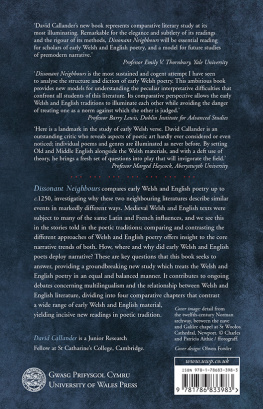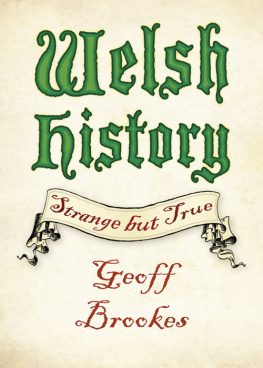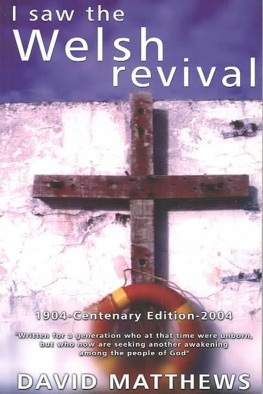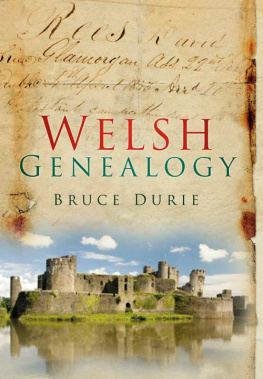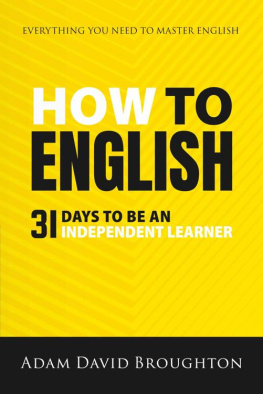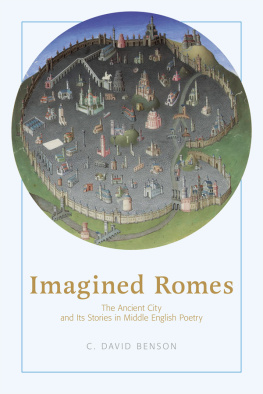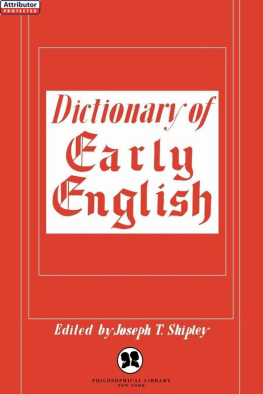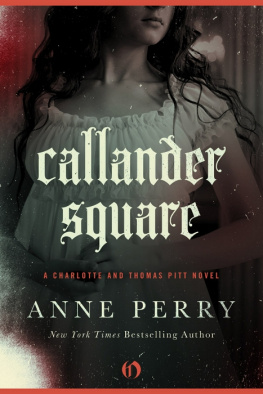Table of Contents
Guide
DISSONANT
NEIGHBOURS
DISSONANT
NEIGHBOURS
NARRATIVE PROGRESS IN
EARLY WELSH & ENGLISH POETRY
DAVID CALLANDER
David Callander, 2019
All rights reserved. No part of this book may be reproduced in any material
form (including photocopying or storing it in any medium by electronic
means and whether or not transiently or incidentally to some other use
of this publication) without the written permission of the copyright
owner except in accordance with the provisions of the Copyright, Designs
and Patents Act 1988. Applications for the copyright owners written
permission to reproduce any part of this publication should be addressed
to the University of Wales Press, University Registry, King Edward VII
Avenue, Cardiff CF10 3NS.
www.uwp.co.uk
British Library Cataloguing-in-Publication Data
A catalogue record for this book is available from the British Library.
ISBN: 9781786833983
eISBN: 9781786834003
The right of David Callander to be identified as author of this work has
been asserted in accordance with sections 77, 78 and 79 of the Copyright,
Designs and Patents Act 1988.
The University of Wales Press gratefully acknowledges the financial
support of the Welsh Books Council.
Cover image: detail from the twelfth-century Norman archway, between the
nave and Galilee chapel at St Woolos Cathedral, Newport. Charles and
Patricia Aithie / ffotograff.
Cover design: Olwen Fowler
CONTENTS
I t is a pleasure to recognize here the many debts I have incurred in producing this book. Firstly, I would like to thank my family for their constant encouragement, even as more than one house began to fill up with the books I amassed.
The number of scholars and others who have helped with this work is too numerous to list, but includes: Barry Lewis, Bethany Christiansen, Wyn Thomas; for inspiration and support at Oxford, Helen Brookman, Thomas Charles-Edwards, Heather ODonoghue, Olivia Robinson, Daniel Thomas and Marion Turner; at Cambridge, Ben Allport, Ben Guy, Silva Nurmio, Alex Reider and Myriah Williams. I am particularly indebted to my doctoral supervisors Richard Dance and Paul Russell, and examiners Marged Haycock and Emily Thornbury.
I would like to thank University of Wales Press, especially Llion Wigley, for their support, and the anonymous reviewers for their helpful comments.
I am grateful to the AHRC for funding my research and to the Leverhulme Trust for funding research in Germany. Besonders danken mchte ich auch Prof. Dr Stefanie Gropper, Prof. Dr Bernhard Maier, Dr Eva von Contzen und Prof. Dr Monika Fludernik.
Yn olaf ac yn bennaf, hoffwn ddiolch i Rebecca am ei chymorth ai chariad.
ASM | Gneuss and Lapidge, Anglo-Saxon Manuscripts |
ASPR | The Anglo-Saxon Poetic Records |
BBCS | Bulletin of the Board of Celtic Studies |
BBGCC | Haycock, Blodeugerdd Barddas o Ganu Crefyddol Cynnar |
Beo | Fulk, Bjork and Niles, Klaebers Beowulf |
CBT | Cyfres Beirdd y Tywysogion |
CA | Williams, Canu Aneirin |
CLlH | Williams, Canu Llywarch Hen |
CMCS | Cambridge/Cambrian Medieval Celtic Studies |
CT | Williams, Canu Taliesin |
DIMEV | Mooney, Digital Index of Middle English Verse |
DS | Louviot, Direct Speech |
EETS | Early English Text Society |
ELTC | Brown, English Lyrics of the XIIIth Century |
ETD | Deskis, Exploring Text and Discourse |
EWSP | Rowland, Early Welsh Saga Poetry |
ExA | Muir, Exeter Anthology of Old English Poetry |
Geirfa | Lloyd-Jones, Geirfa Barddoniaeth Gynnar Gymraeg |
GG | Lewis, Genre a Genres ym Marddoniaeth Grefyddol y
Cynfeirdd ar Gogynfeirdd |
GMW | Evans, Grammar of Middle Welsh |
GPC | Geiriadur Prifysgol Cymru |
JDII | Caie, The Old English Poem Judgement Day II |
JEGP | Journal of English and Germanic Philology |
JNLH | Journal of Narrative and Life History |
LAEME | Laing, A Linguistic Atlas of Early Middle English |
LALME | A Linguistic Atlas of Late Medieval English |
LB | Brook and Leslie, Laamon: Brut |
LiC | Labov, Language in the Inner City |
LlC | Lln Cymru |
LPBT | Haycock, Legendary Poems from the Book of Taliesin |
LW | Labov and Waletzky, Narrative Analysis |
LlDC | Jarman, Llyfr Du Caerfyrddin |
MED | Middle English Dictionary |
MWPS | Lewis, Medieval Welsh Poems to Saints and Shrines |
NARRATIVE PROGRESS IN EARLY WELSH AND ENGLISH POETRY
MWRL | McKenna, Medieval Welsh Religious Lyric |
NM | Neuphilologische Mitteilungen |
NSNW | ap Huw, Critical Examination of Welsh Poetry Relating to
the Native Saints of North Wales |
OECP | Howe, Old English Catalogue Poems |
OED | Oxford English Dictionary |
OEMC | Karasawa, Old English Metrical Calendar |
OES | Mitchell, Old English Syntax |
OEVS | Bjork, Old English Verse Saints Lives |
PBA | Proceedings of the British Academy |
PrBT | Haycock, Prophecies from the Book of Taliesin |
RD | Reichl, Religise Dichtung im englischen Hochmittelalter |
RES | Review of English Studies |
SC | Studia Celtica |
YB | Ysgrifau Beirniadol |
ZCP | Zeitschrift fr celtische Philologie |
T wo short sections of this book are published elsewhere. Parts of the Introduction are published in different and more extended form in Die diachrone Entwicklung der Erzhlung in der kymrischen Heiligendichtung. Certain sections of also appeared in Laamons Dialogue and English Poetic Tradition, published in English Studies , 97 (2016).
E arly Welsh poetry is difficult, or so the old saying goes. Yet where exactly do we locate this difficulty? Certainly there are philological problems, with numerous hapax legomena and doubtless much textual corruption, but these issues are common in early medieval poetry, whatever the language. When the claim is made that early Welsh poetry presents particular difficulties, it is worth bearing in mind the words of Hayden White:
We may not be able fully to comprehend specific thought patterns of another culture, but we have relatively less difficulty understanding a story coming from another culture, however exotic that culture may appear to us. As Barthes says, narrative .. is translatable without fundamental damage in a way that a lyric poem or a philosophical discourse is not.

